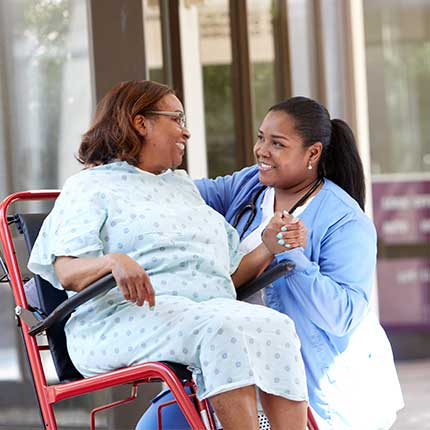Healthy Living
11 Tips for Water Safety
Pools and lakes are a fun way to stay cool and enjoy time outdoors, but they can also be dangerous areas for children. Consider that drowning is the leading cause of injury death for children ages 1-14. In fact, three children die each day from drowning. So keep your kids safe around water with these 11 tips:
- Kids can drown in a few inches of water. Bath tubs, buckets and even toilets pose a drowning risk. Keep toilet lids closed. Store empty buckets and tubs upside-down so they don’t collect water.
- Drowning can be very quiet. Don’t assume you’ll hear if a child is in distress. Children can drown in a few minutes without splashing or noise.
- Maintain constant supervision of children around water. Have a designated adult watch children at all times. It’s ultimately the parent or caregiver’s responsibility — not the lifeguard’s — to supervise a swimming child. Avoid distractions to supervision, such as reading, looking at your phone/tablet, preparing food or drinking alcohol. Safe Kids Worldwide, a non-profit organization to keep children safe, suggests choosing a Water Watcher–a responsible adult who agrees to watch the kids in the water without distractions for a designated amount of time (such as 15 minutes). Visit Safekids.org/water for a downloadable Water Watcher card to pass around to the adults responsible for supervision.
- Insist that your child wear a Coast Guard approved life jacket or personal flotation device (PFD) around natural bodies of water. Air-filled water aids (such as water wings, pool floats or noodles) do not count as a PFD and won’t protect against drowning. Verify that the proper equipment is being used or bring your own.
- Learn CPR. If a child takes in water, minutes count and resuscitation should be started immediately.
- Clear the pool and deck areas of toys so kids aren’t tempted to go near the pool area to play.
- Enroll your child in swim lessons, and make sure they learn the five water survival skills:
Step or jump into water over your head and return to the surface.
Float or tread water for one minute.
Turn around in a full circle and find an exit from the water.
Swim 25 yards to the exit.
Exit from the water. If in a pool, be able to exit without using the ladder. - Don’t assume a child who has had swim lessons is immune to drowning. Almost half of kids aged 10-17 that drowned in a pool reportedly knew how to swim.
- Home pools should have at least a 4-foot-high enclosure fence and a self-latching gate. The gate latch should be high enough that children cannot reach it. Isolation fencing (i.e. fencing that separates and encloses the pool away from the rest of the yard) is more effective than perimeter fencing (where the pool and yard are enclosed together). For above ground pools, remove access ladders when not in use.
- Pool covers and door alarms can add extra protection, but they shouldn’t be used in place of a fence.
- Dress your child in a brightly colored swimsuit, making spotting them in the water easier.
SOURCES:
1. Centers for Disease Control and Prevention
2. Safe Kids Worldwide
3. Drowning Prevention Coalition of Arizona
Sign Up for Health Tips
Get our advice and upcoming events about weight, pain, heart and more.
Take a Health Risk Assessment
Our health assessments can help you identify issues and areas to discuss with your doctor.



